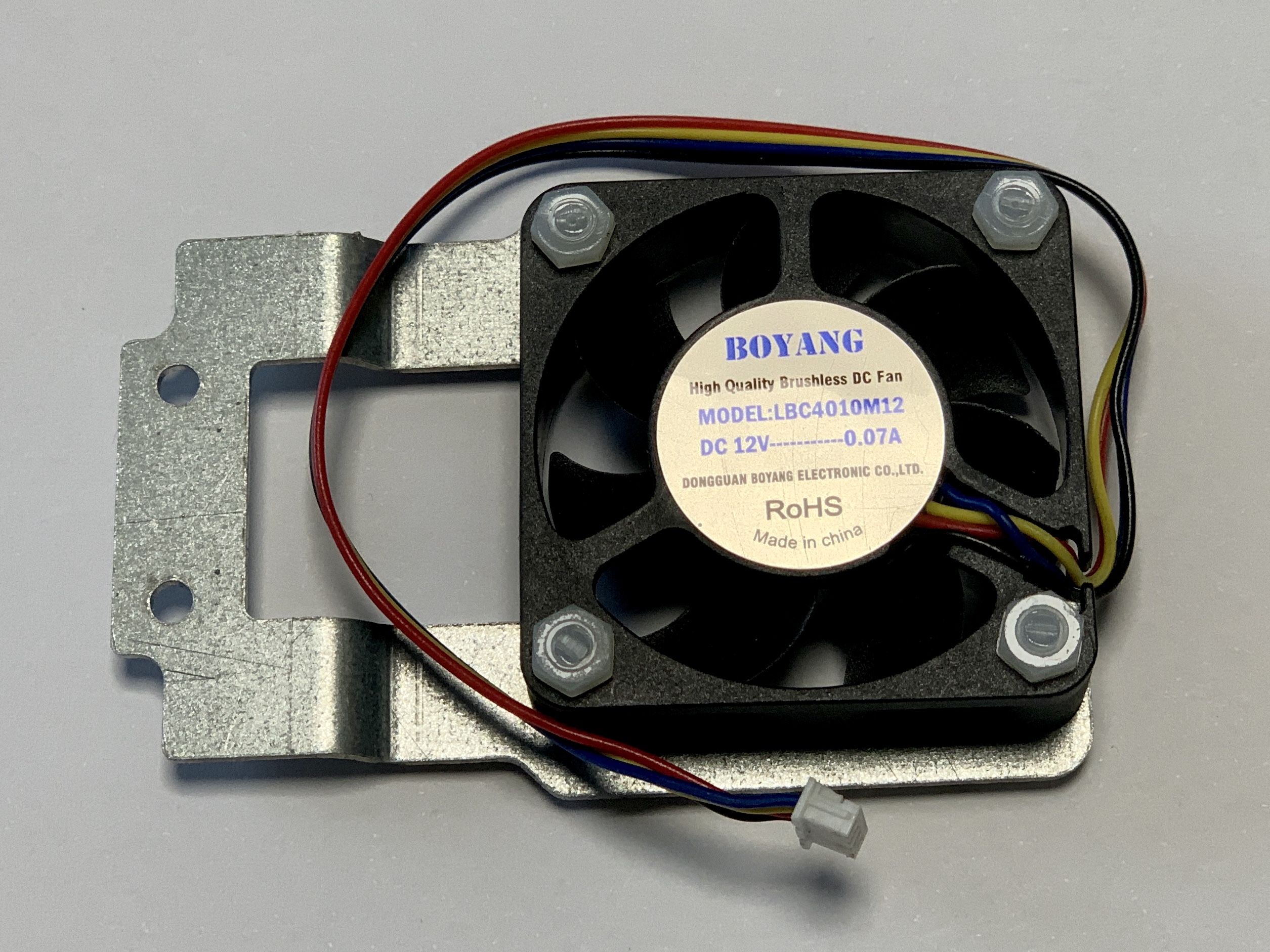Kleinigkeiten die das Leben erfreuen und dazu noch Sinnvoll sind. Dies finden Sie hier...
Filter
–
Auxiliary fan
Additional fan for Max serial cards for mounting on K5 slot bracket. The fan is optional and can be installed directly on the cards of the Max series to increase a overheat prevention in casing with higher heating or poor air circulation. A normal ventilation over casing fans is normally sufficient.

